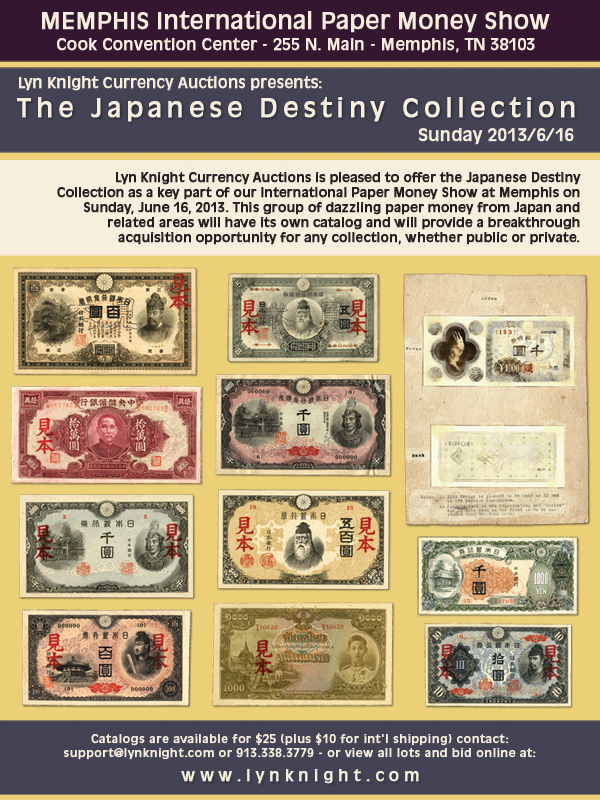
PREV ARTICLE
NEXT ARTICLE
FULL ISSUE
PREV FULL ISSUE
THE PLACE OF FAKES IN NUMISMATICS
What's a fake worth? Nothing? Not so, according to a Numismatic News article by Michael Fazzari.
-Editor
Would you believe that everything numismatic has a value to someone – even counterfeit and altered coins. I don’t recall this always being the case. In the 1970s, altered coins had no collector value and counterfeits like the one above were only worth the intrinsic value of their unknown fineness of gold. Once a coin was determined to be a counterfeit, it was returned to the submitter with a note that the coin should be turned over to the Secret Service so they could trace it back to its source of manufacture. Many dealers simply kept an assortment of their “bad” purchases in a reference collection or defaced/melted them to remove them from the marketplace. My first purchase of a fake coin for the teaching set I would form for my counterfeit seminars was a “so-called” Racketeer nickel. These were the first type of 1883 Liberty nickels without “Cents” on the reverse that were gold plated and then passed as $5 coins to the unwary. It was years later when I purchased another of these gold plated coins with a reeded edge that I learned that my first purchase (with the smooth edge of a common nickel) was actually just an altered coin – a fake of a fake. Formerly, when coins that were considered to be genuine were discovered to be fakes, they were dropped from the reference books. Several Colonial specimens and some Territorial material have met this fate. Times have changed. Today, many counterfeits are no longer “worthless weeds” in a collection. There is even a reference book: “Contemporary Counterfeit Capped Bust Half Dollars” by Keith Davigon that I should like to own one day. It catalogs the known contemporary fakes in this popular series. Today these coins and others such as the counterfeit British coins made at Machin’s Mills can sell for hundreds of dollars. Other counterfeits such as the Micro “O” Morgan dollar coins are still listed with the notation that they are “privately made.” They are very collectible and bring good prices. If this trend continues, we may find other “privately made” coins such as the crude, counterfeit, magnetic, Peace dollars coming from China listed, valued and avidly collected in decades to come. I’m not suggesting that you buck this trend. You may wish to start a collection of fakes for your own use. Otherwise, if someone wishes to purchase your counterfeit or altered coins, sell them for what they are. Ever since eBay closed down the Counterfeit/Replica section, it has become much harder to find coins for my teaching set. Ebay was also a good way to track improvements to the quality of modern fakes being offered.
That fakes have a place shouldn't be news to most E-Sylum readers. As long as there have been collectors there have been some who knowingly and willingly collect fakes - for study purposes, or just plain fun.
-Editor
To read the complete article, see: Fakes Finding Place in Numismatics (www.numismaster.com/ta/numis/Article.jsp?ad=article&ArticleId=26841&et_mid=617213&rid=2226673)

Wayne Homren, Editor The Numismatic Bibliomania Society is a non-profit organization promoting numismatic literature. See our web site at coinbooks.org. To submit items for publication in The E-Sylum, write to the Editor at this address: whomren@gmail.com To subscribe go to: https://my.binhost.com/lists/listinfo/esylum All Rights Reserved. NBS Home Page Contact the NBS webmaster 
|